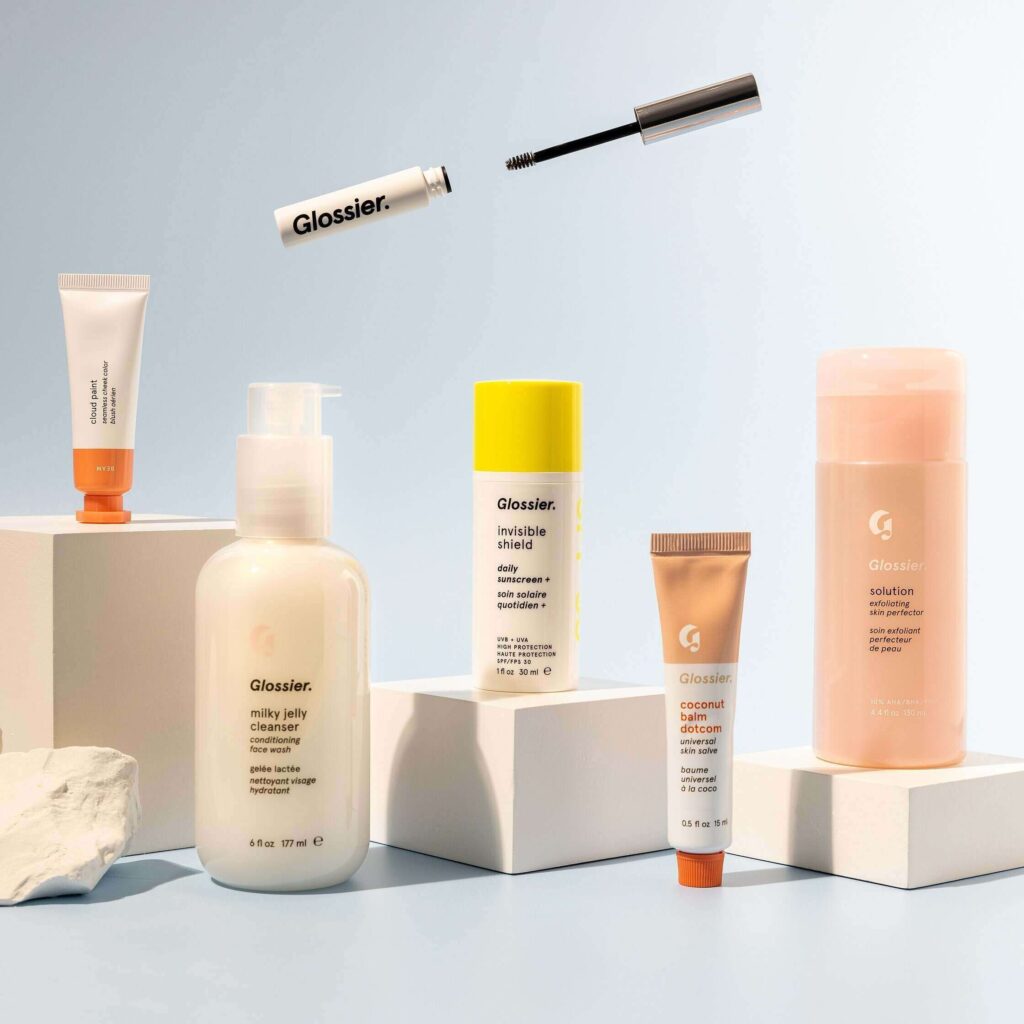In the ever-evolving landscape of the beauty industry, bridging the generational beauty gap is crucial for brands aiming to connect with older generations. While the beauty industry often focuses on the preferences and trends of younger consumers, neglecting older demographics can result in missed opportunities.
5WPR Insights
Diverse beauty standards
Older generations, including Baby Boomers and Generation X, have witnessed significant shifts in beauty standards throughout their lives. Beauty ideals have evolved, and these generations appreciate diversity and authenticity. Brands that acknowledge and celebrate diverse beauty standards create a more inclusive and relatable image.
Nostalgia and timeless appeal
Older generations often appreciate elements of nostalgia and timeless beauty. Brands can tap into this sentiment by incorporating classic beauty inspirations into their marketing campaigns. Nostalgic references, vintage aesthetics, and timeless product formulations can evoke a sense of familiarity and connection.
Holistic wellness approach
Older generations tend to prioritize holistic wellness, recognizing the connection between inner well-being and external beauty. Beauty brands can appeal to this mindset by incorporating wellness elements into their products. This may include skincare formulations with natural ingredients, products promoting self-care, and messaging that aligns with a holistic approach to beauty.
Technology accessibility
While not all older consumers may be tech-savvy, many are embracing technology. Beauty brands can bridge the generational beauty gap by ensuring that their online platforms are user-friendly, accessible, and inclusive. Online tutorials, virtual try-ons, and interactive websites can enhance the overall experience for older consumers.
Inclusive marketing campaigns
Develop beauty marketing campaigns that feature a diverse range of ages, showcasing the beauty of older individuals. Inclusive visuals and messaging communicate that beauty knows no age limits. By featuring older models and influencers, brands demonstrate a commitment to inclusivity and challenge age-related stereotypes.
Tailored product offerings
Create product lines that address the specific skincare needs and preferences of older consumers. Anti-aging formulations, hydrating products, and solutions targeting common concerns like age spots or uneven skin tone can resonate with older demographics. Tailoring products to their unique needs enhances the relevance of the brand and bridges the generational beauty gap.
Accessible packaging and design
Consider the accessibility of packaging and product design. Older consumers may have specific needs, such as easy-to-open containers, legible font sizes, and user-friendly applicators. Brands that prioritize accessible design demonstrate an understanding of the practical considerations important to older individuals.
Sensitivity to aging concerns
Demonstrate sensitivity to the aging concerns and challenges faced by older consumers. Addressing issues like ageism, societal pressures, and self-esteem can be part of a brand’s messaging. By acknowledging and empathizing with the unique experiences of older individuals, brands can build trust and authenticity.
Testimonials and reviews
Showcase testimonials and reviews from older consumers who have had positive experiences with the brand. Authentic reviews and testimonials serve as powerful endorsements and provide social proof. Older individuals are likely to trust the experiences of their peers, making testimonials an effective marketing tool.
Adaptive beauty solutions
Recognize the diversity within the older demographic. Develop adaptive beauty solutions that cater to varying preferences and lifestyles. From minimalistic skincare routines to more elaborate beauty regimens, brands can offer options that suit the individual preferences of older consumers.
Read more from Ronn Torossian:
Ronn Torossian on LinkedIn
Ronn Torossian on Pinterest
5WPR, Public Relations Insights & PR Firm
Ronn Torossian on Entrepreneur
